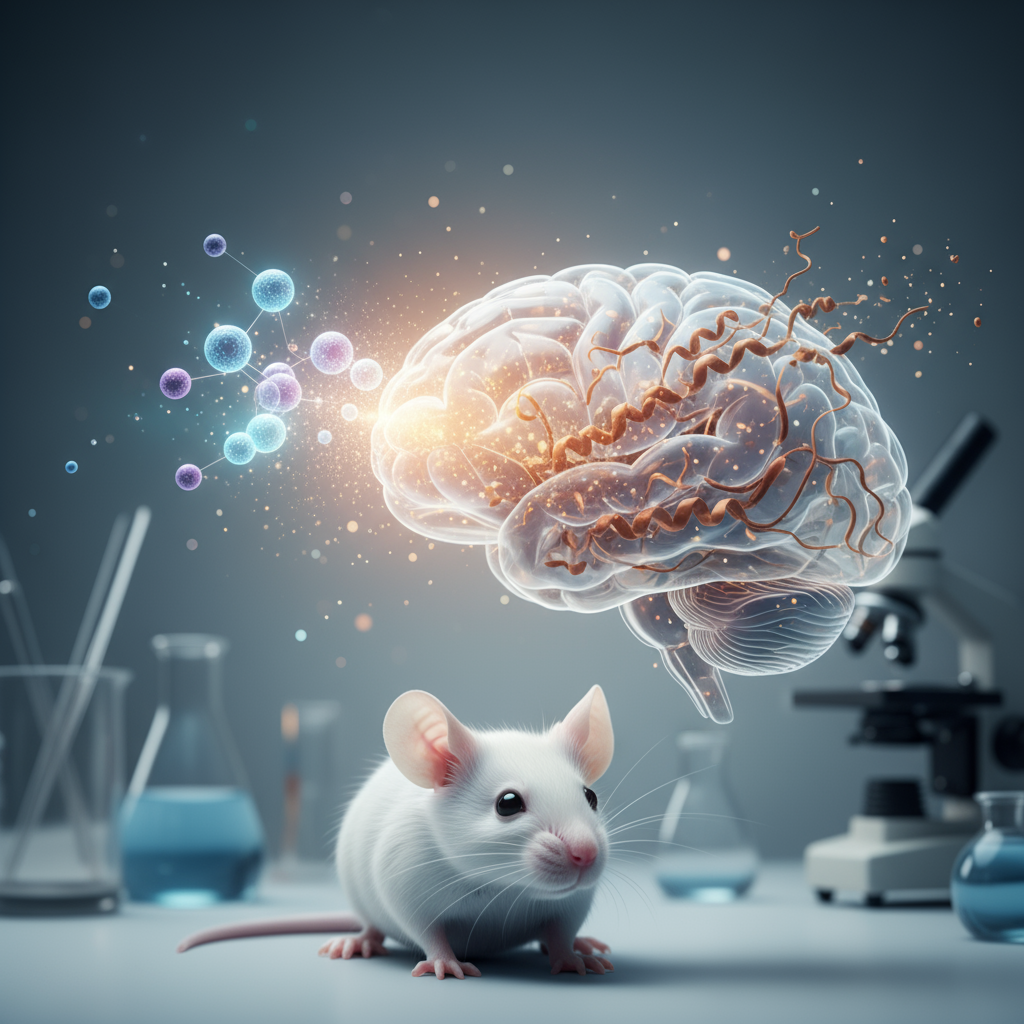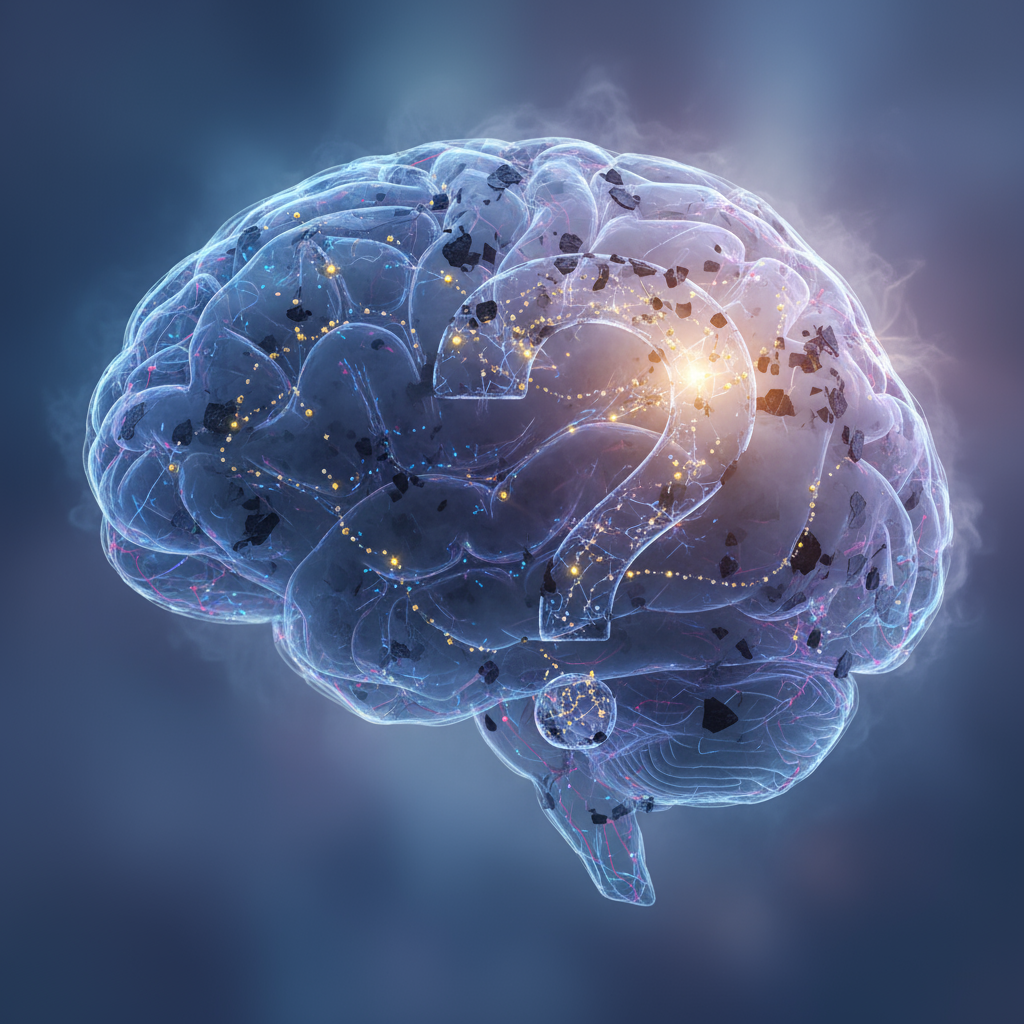A Glimmer of Hope: Nanoparticles Reverse Alzheimer’s in Mice

Imagine a future where the insidious grip of Alzheimer’s disease can be loosened, even reversed. For millions affected globally, this vision feels like a distant dream. However, recent groundbreaking research is painting a picture of possibility, offering a powerful beacon of hope on the horizon. Scientists have achieved a remarkable feat: reversing the effects of Alzheimer’s in mice using ingenious nanoparticle technology. This breakthrough, while still in its early stages, could pave the way for entirely new treatment strategies for this devastating neurological disorder.
The Alzheimer’s Enigma: A Persistent Challenge

Alzheimer’s disease is a progressive neurodegenerative condition characterized by memory loss, cognitive decline, and behavioral changes. Its underlying mechanisms are complex and not fully understood, but two key hallmarks are the accumulation of amyloid-beta plaques and tau tangles in the brain. These abnormal protein deposits disrupt neuronal communication and eventually lead to brain cell death. Current treatments primarily focus on managing symptoms and slowing progression, but a cure has remained elusive. The sheer scale of the problem is staggering; millions worldwide live with Alzheimer’s, and as populations age, the numbers are projected to rise significantly, placing immense strain on healthcare systems and families.
Developing effective treatments for Alzheimer’s presents considerable challenges. The blood-brain barrier, a protective filter, often prevents many therapeutic molecules from reaching the brain effectively. Furthermore, targeting specific pathology without causing widespread side effects has proven difficult. The need for innovative approaches is urgent, and this new research offers a compelling direction, shifting the focus from general therapy to targeted intervention.
Nanoparticle Power: A Targeted Approach to Brain Repair
The recent study, highlighted by Medical Xpress, delves into the fascinating world of nanotechnology to tackle Alzheimer’s. Researchers utilized specially designed nanoparticles to deliver therapeutic agents directly to the affected areas of the brain. The magic lies in the nanoparticles’ ability to cross the blood-brain barrier and home in on the specific toxic proteins associated with Alzheimer’s. This targeted delivery mechanism is a game-changer, overcoming a significant hurdle that has plagued traditional drug development for neurological disorders.
The nanoparticles were engineered to interact with and clear out the detrimental amyloid-beta plaques and tau tangles. Think of them as microscopic intelligent cleanup crews, programmed to seek out and neutralize the harmful culprits in the brain. By effectively removing these pathological proteins, the nanoparticles allowed for the restoration of normal brain function. The results in the mouse models were truly impressive. The treated mice showed significant improvements in cognitive function, memory, and overall brain health, effectively reversing the hallmarks of Alzheimer’s at a cellular level.
The Promising Road Ahead: From Mice to Humans
While the findings in mice are incredibly exciting, it’s crucial to acknowledge that translating these results from animal models to human patients is a complex and often lengthy process. There are many steps that need to be taken before this technology can potentially be used in clinical settings. Extensive preclinical studies are required to meticulously assess the safety, efficacy, and optimal dosage of these nanoparticles in larger animal models. Furthermore, the long-term effects and potential side effects need to be thoroughly investigated.
The journey from a promising mouse study to an approved human therapy involves rigorous clinical trials, spanning multiple phases and involving thousands of participants. This process can take many years, but the potential rewards are immense. The success in mice provides a strong scientific foundation and justifies further investment and research into this innovative nanoparticle approach. It offers a new avenue of hope, suggesting that we might one day have a tool capable of not just slowing, but truly reversing, the course of Alzheimer’s.
Conclusion: A New Chapter in Alzheimer’s Research
The development of nanoparticles capable of reversing Alzheimer’s in mice marks a pivotal moment in the fight against this debilitating disease. It showcases the incredible potential of nanotechnology to deliver precise, targeted therapies that can overcome the brain’s natural defenses. This research opens a new chapter, moving beyond symptom management towards truly regenerative approaches.
While human trials are still a long way off, this scientific leap injects renewed optimism into the Alzheimer’s research community and, more importantly, into the lives of individuals and families grappling with this condition. It reminds us of the tireless dedication of scientists worldwide who are unravelling the mysteries of the brain and pushing the boundaries of what’s possible. As we continue to follow these developments, we can stand on the precipice of a future where Alzheimer’s is not an inevitable decline, but a treatable, even reversible, condition. The nanoparticles hold the promise of a brighter, more cognitively vibrant tomorrow.

